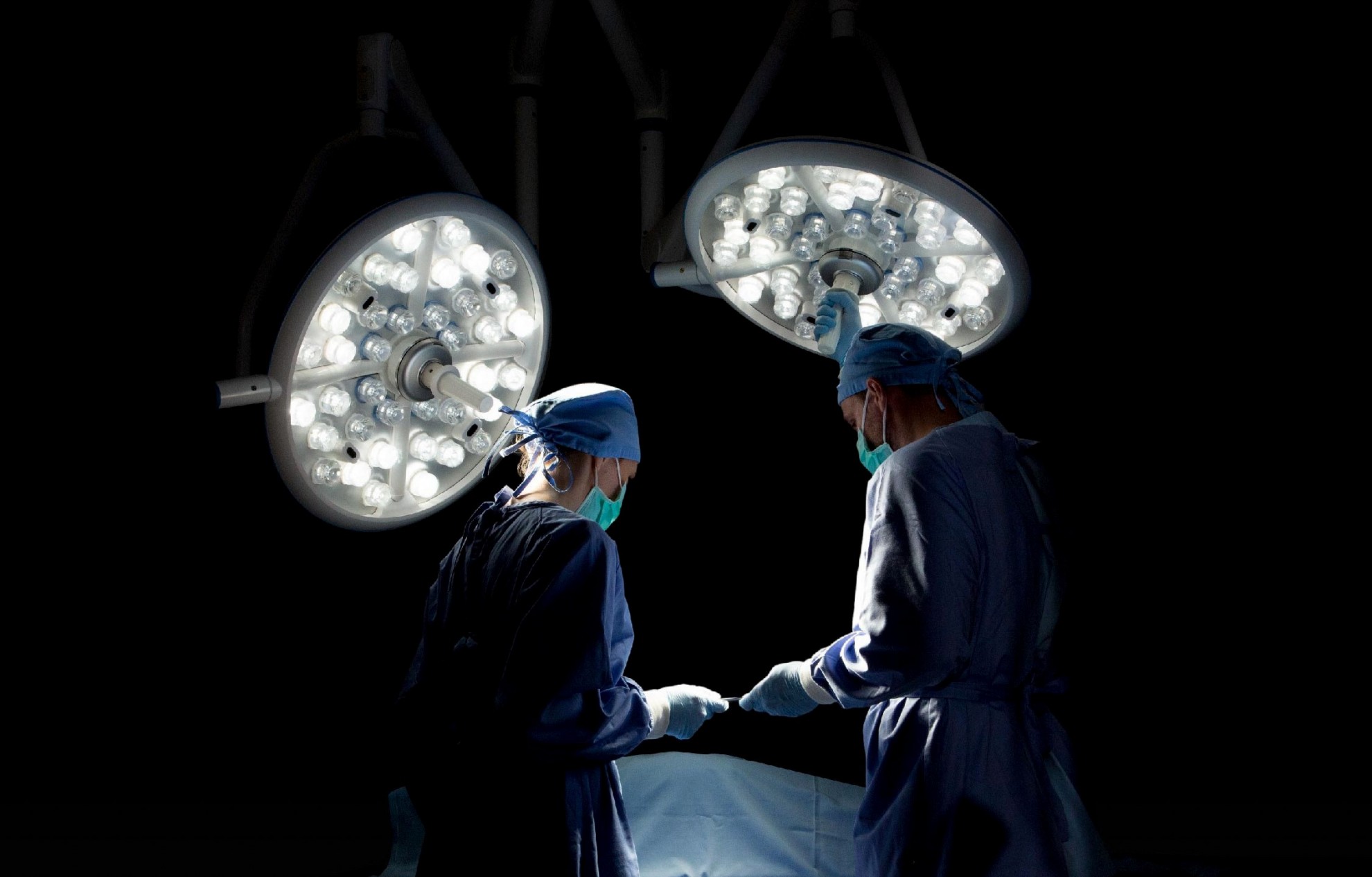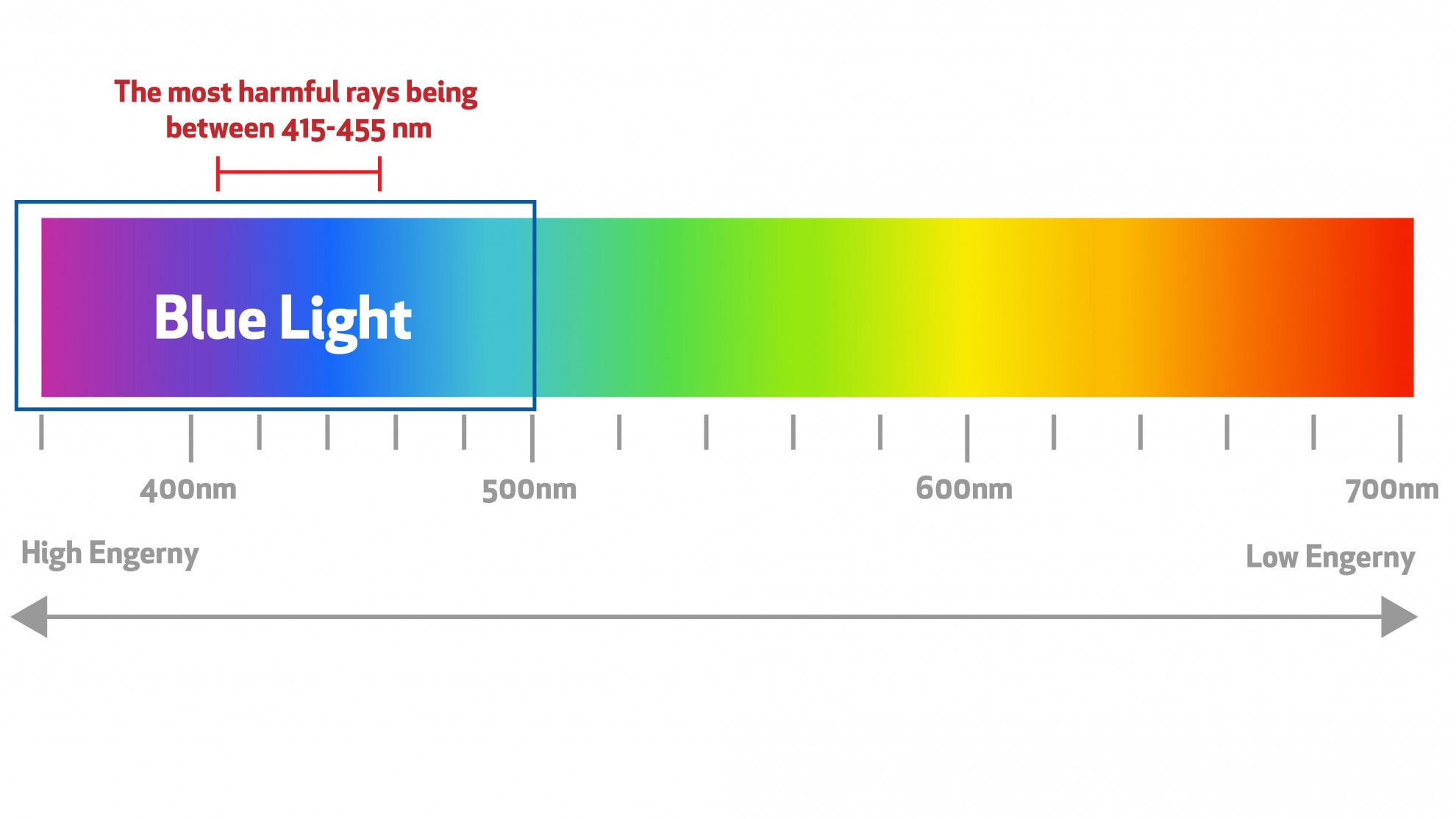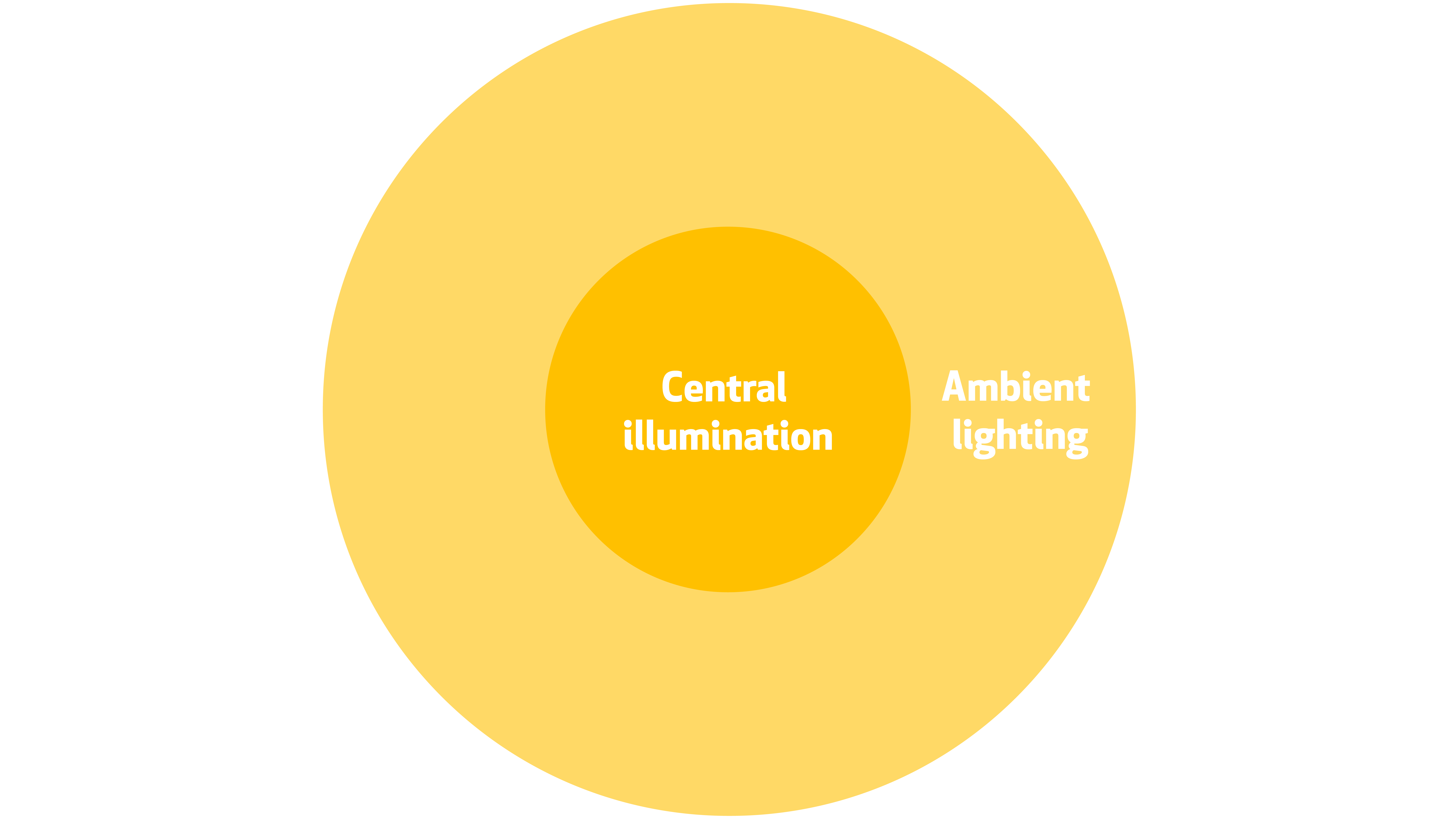Surgical teams have certain requirements for the visual effects of the surgical area, and appropriate surgical lighting has become a key requirement for improving surgical success rates and optimizing the best patient treatment.

Exploring the Limitations of High-intensity Surgical Lights in Improving Visual Conditions
Illumination can help the surgical team clearly identify the affected area, but it also involves risks to the safety of surgeon's eyes.
Several studies pointed that brighter surgical lights do not necessarily lead to better illumination. Excessive brightness can cause eye pain, blurriness, and even eyes fatigue in surgeon. In fact, more than 25% of surgeons consider eyes fatigue as occupational health hazard (Curlin & Herman, 2020; Sharma, Heer & Su, 2023). This is due to the strong contrast between the illumination in the surgical area and the surrounding environment. Our eyes' photoreceptor cells are highly sensitive to factors such as the duration and intensity of light exposure (Curlin & Herman, 2020). Prolonged exposure to high-intensity light requires the eyes to constantly adapt to the differences in illumination, which can affect work efficiency (Hemphälä, Osterhaus, Borell & Nylén, 2020). Furthermore, eyes fatigue can lead to poor posture, resulting in a threefold increase in skeletal injuries (Hemphälä, Johansson, Odenrick, Åkerman & Larsson, 2009).
IEC Regulations Upgrade: Addressing the New Trend of Blue Light Hazards
Blue light is ubiquitous in our environment, being a high-energy visible light (HEV) with wavelengths ranging from 380 to 500 nm and a high frequency.
Studies have shown that while blue light can regulate the biological clock and improve sleep quality, excessive exposure to blue light can potentially harm the retina (Zhao, Zhou, Tan, & Li, 2018; Audrey et al., 2023). In particular, short-wave blue light between 415 and 455 nm causes the most damage, as it can directly penetrate the crystalline lens and reach the retina, leading to blue light hazards (Li, Zhang, Song, Ye, Jiang & Zhao, 2023). It is evident that in environments with high contrast in illumination, surgeons' eyes may gradually experience eyes fatigue and glare.

In 2021, the IEC issued the latest regulation IEC60601-2-41 Edition 3.0, which no longer limits the maximum illumination of surgical lights to 160,000 lux at a distance of 1 meter, but rather requires a clear definition that meets actual clinical needs. At same time, also according to the IEC 62471 was amended to include new exposure limits and conditions related to photobiological hazards. This indicates that the occupational health hazard of surgical teams due to illumination and blue light hazards are seriously taken into an account. It also suggests that in addition to providing excellent patient care, the safety of the surgical team's eyes is a key focus in the design of surgical lights.
Effective Surgical Lighting Reduces the Contrast of Light Sources in the Surgical Area
In order to ensure that the surgical team can maintain visual comfort during surgery, we have integrated the latest regulations IEC60601-2-41 Edition 3.0 into our latest surgical light design. The general mode of the surgical light provides an adjustable illumination range of 40,000~160,000lux, which can be flexibly adjusted according to the surgeon's usage habits and departmental needs.
Mediland launched the QuadLED series surgical light in 2023, which developed the iCare eye protection mode in response to the latest regulations on lighthazards and conditions, with a design that includes ambient light. The illumination is limited to a maximum of 100,000lux, effectively limiting the blue light wavelength, allowing surgeons to reduce the difference in illumination between illumination area and non-illumination area, without causing visual retention due to large differences in illumination. It can maintain optimal visual conditions from start to finish, effectively improving surgical efficiency and eye comfort.

In modern medical practice, the design of modern surgical lights is no longer simply to provide the best visual illumination for the surgical team, but also enhancing user experience must also be constantly taken into consideration. This means that the design of surgical lights must be able to provide a safe and comfortable working environment for the surgical team, so as to achieve safer patient care and improve medical quality and surgical outcome.
Mediland is dedicated to focus on optical surgical lights related to eye protection and comfort surgical source and reduce the visual burden on surgeons.
Click here to learn more detailed features of QuadLED surgical light!
Curlin, J., & Herman, C. K. (2020). Current State of Surgical Lighting. Surgery journal, 6(2), e87–e97. https://doi.org/10.1055/s-0040-1710529
Cougnard-Gregoire, A., Merle, B. M. J., Aslam, T., Seddon, J. M., Aknin, I., Klaver, C. C. W., Garhöfer, G., Layana, A. G., Minnella, A. M., Silva, R., & Delcourt, C. (2023). Blue Light Exposure: Ocular Hazards and Prevention-A Narrative Review. Ophthalmology and therapy, 12(2), 755–788. https://doi.org/10.1007/s40123-023-00675-3
Hemphälä, H., Johansson, G., Odenrick, P., Åkerman, K., & Larsson, P. A. (2009). Lighting Recommendations in Operating Theatres. In Proceedings of the 17th World Congress on Ergonomics 2009 IEA.
Hemphälä H, Osterhaus W, Larsson P, Borell J, Nylén P (2020). Towards better lighting recommendations for open surgery. Lighting Research & Technology,52(7),856-882. https://doi.org/10.1177/1477153520903355
Sharma, N., Heer., A& Su, L (2023). A timeline of surgical lighting-Is automated lighting the future? The Surgeon, 21(6), 369-374. https://doi.org/10.1016/j.surge.2023.05.004
Zhao, Z. C., Zhou, Y., Tan, G., & Li, J. (2018). Research progress about the effect and prevention of blue light on eyes. International journal of ophthalmology, 11(12), 1999–2003. https://doi.org/10.18240/ijo.2018.12.20
Li, N., Zhang, Yifan., Song, H., Ye, Y., Jiang, Zhixin., Zhao, Shujun (2023). Influence of Light-Emitting Diode-Derived Blue Light Overexposure on Rat Ocular Surface. Journal of Ophthalmology, 2023.https://doi.org/10.1155/2023/1097704


